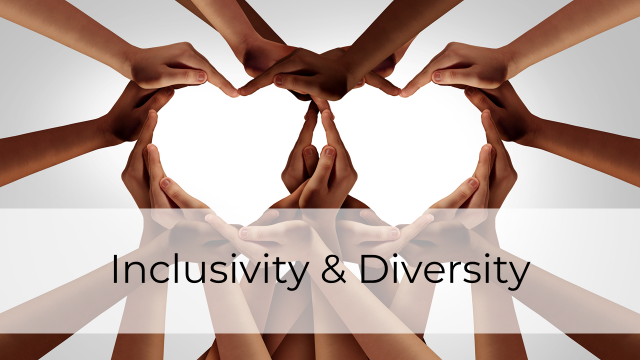
Branding’s Evolution: Embracing Inclusivity and AuthenticityBranding’s Evolution: Embracing Inclusivity and Authenticity In the ever-evolving landscape of marketing, branding has undergone a profound transformation, shifting away from the traditional focus on exclusivity and towards principles of inclusivity and authenticity. This evolution is driven by a growing demand from consumers for brands that reflect their values and represent diverse perspectives. Embracing Inclusivity Modern branding recognizes the importance of representing and catering to all individuals, regardless of their race, gender, sexual orientation, religion, or socioeconomic background. By creating messaging, imagery, and experiences that resonate with a diverse audience, brands can build stronger connections and foster trust. Inclusivity extends beyond marketing materials to the very core of a brand’s culture. Companies are increasingly adopting diversity and inclusion programs to create equitable workplaces and ensure that their leadership and teams reflect the communities they serve. Authenticity as a Cornerstone In an era of digital transparency, consumers have become increasingly discerning. They seek brands that are authentic, transparent, and true to their values. Authenticity requires brands to be genuine and to avoid creating an idealized or exaggerated version of themselves. Authenticity is built through consistent messaging, ethical business practices, and a commitment to social and environmental responsibility. Brands that prioritize authenticity earn the respect of consumers and foster long-lasting relationships. Benefits of Inclusivity and Authenticity Embracing inclusivity and authenticity offers numerous benefits for brands: * Enhanced Reputation: Brands that are seen as inclusive and authentic are more likely to be perceived favorably by consumers. * Increased Consumer Loyalty: Consumers are more loyal to brands that represent their values and make them feel included. * Improved Performance: Inclusivity and authenticity can lead to improved financial performance, as research indicates that diverse companies outperform their peers. * Competitive Advantage: Brands that stand out for their inclusivity and authenticity gain a competitive edge in the marketplace. Examples of Successful Branding Numerous brands have successfully adopted principles of inclusivity and authenticity: * Nike: Celebrated for its “Dream Crazy” campaign featuring Colin Kaepernick, which embraced diversity and social justice. * Dove: Known for its “Real Beauty” campaign, which challenged traditional beauty standards and promoted self-esteem. * Patagonia: A leader in environmental sustainability, Patagonia aligns its brand with outdoor enthusiasts while advocating for climate action. Conclusion Branding’s evolution towards inclusivity and authenticity is a necessary shift that reflects the changing demands of consumers. By embracing diversity, transparency, and genuine storytelling, brands can build stronger connections with their audiences, enhance their reputation, and achieve long-term success. In today’s interconnected world, authenticity and inclusivity are not just buzzwords but essential pillars of effective branding.
Posted inNews